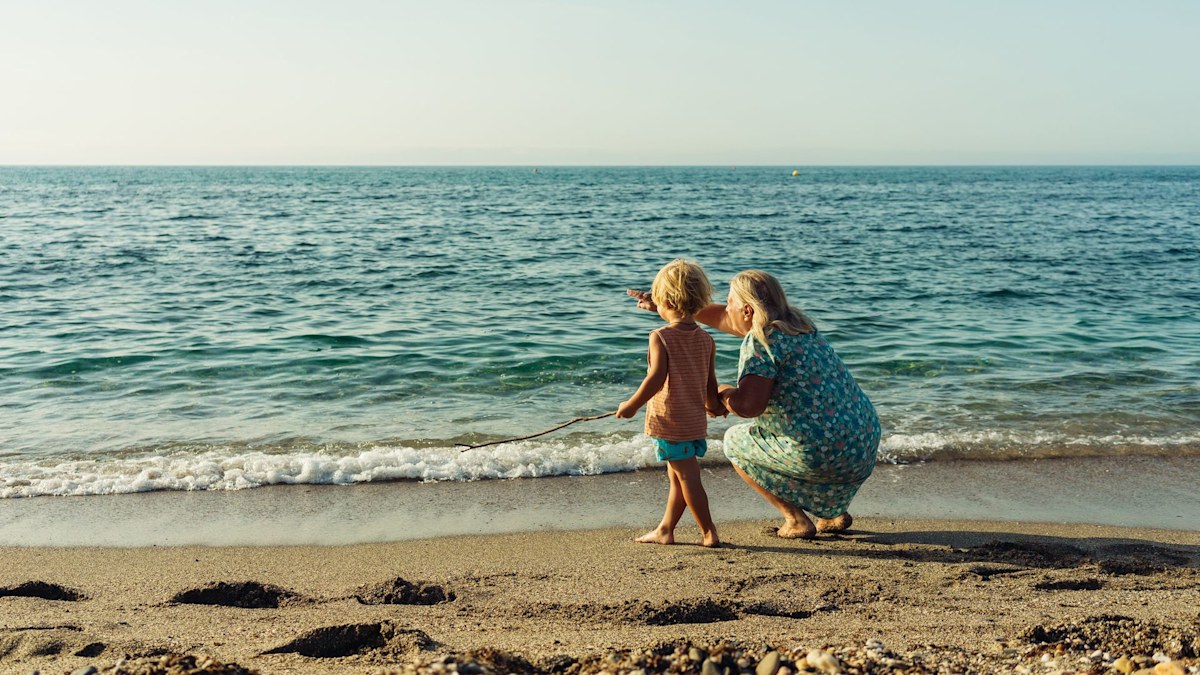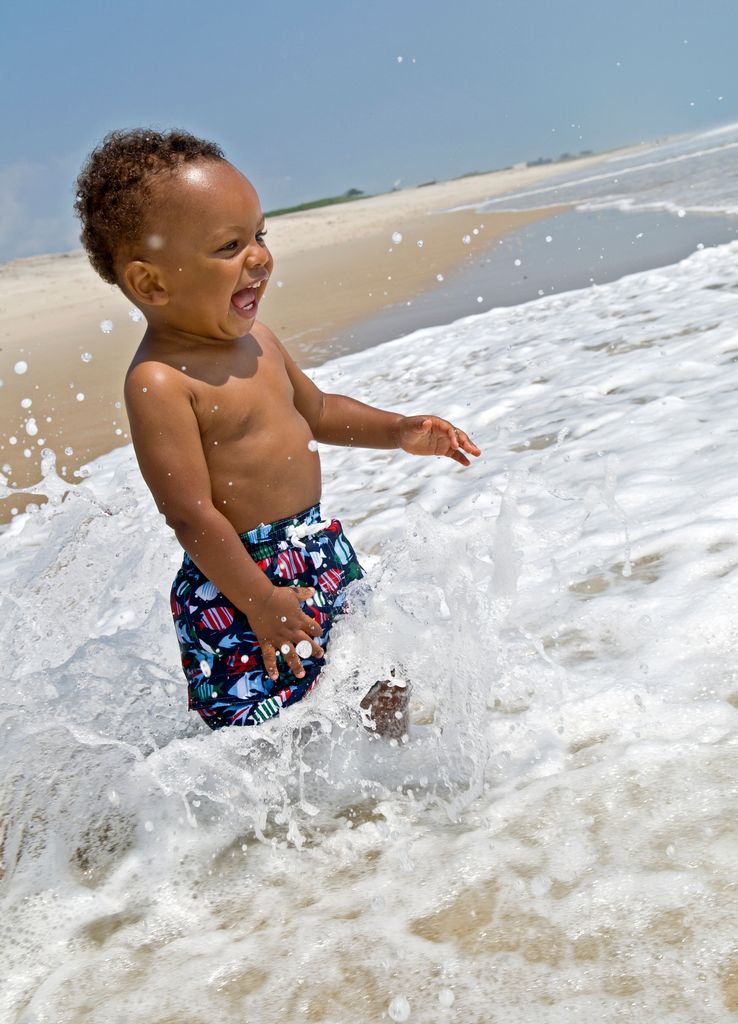Picture this: you’re wandering along the beach, burying your feet in the sand and wading through the shallow water warmed by the summer sun.
Your only cares in the world should be what time you take a dip in the ocean, or whether the ice cream truck will still have your favourite ice lolly. Sadly, life isn’t always this dreamy during a family trip to the beach, first aid trainers have warned.
As the heatwave is set to continue, Sarah Jefferies, First Aid Trainer at Emergency First Aid at Work Course, is trying to raise awareness of venomous fish that could see beach trips end with “urgent care.”
Weever fish warnings
Ever since I was young, I remember the only things I ever feared about the ocean were sharks (thanks to films like Jaws demonising them), and jellyfish, after one particularly painful incident as a child.
Otherwise, I was what my mother liked to call “a fish” in the water – you couldn’t get me out without the promise of a biscuit.
However, the weever fish is another real danger parents and kids should be looking out for if they’re spending time in the ocean this summer, especially around the popular beaches in Cornwall, Devon, South Wales, and the North East.
The Wildlife Trusts said weever fish are one of the only venomous fish to be found in British waters.
Earlier this summer, East Riding of Yorkshire Council is putting up warning signs and encouraging visitors “not to walk barefoot on the sands during the weever fish season.”
Featuring long, brown bodies with venomous spines on their first dorsal fin and gills, the fish is difficult to spot when they bury themselves in shallow sand along UK beaches. When accidentally stepped on, their camouflaged bodies can deliver an excruciating sting that Sarah described as “intense.”
She explained: “Weever fish are small, but the pain they cause is intense. If you’re walking barefoot through shallow water and suddenly feel a sharp sting, it’s likely you’ve stepped on one.
“The venom can cause swelling, burning sensations, and in some cases, nausea or dizziness.”
What to do if you’re stung
Onto the most important bit – the first aid. These dangers often only come to light after someone has been affected by them, so knowing how to handle the situation is crucial, especially when it comes to children.
Sarah recommended the following steps:
- Immerse the affected area in hot water for 15-30 minutes to neutralise the venom and relieve pain.
- Rinse with seawater and remove any visible spines carefully with tweezers or a credit card.
- Take paracetamol or ibuprofen to manage pain, and ensure your tetanus vaccinations are up to date.
Meanwhile, the NHS website warns you should not pee on the sting, use ice packs, or cover or close the wound.
For general sea creature stings, the website added that you should call 999 if you have been stung and develop the following symptoms: difficulty breathing, chest pain, fits or seizures, severe swelling around the affected area, severe bleeding, vomiting, lightheadedness or loss of consciousness.
Beach hazards
Weever fish are not the only hazard at the beach this summer. Sarah encouraged beachgoers to also watch out for jellyfish stings (particularly compass and lion’s mane species), sharp shells and debris, sunstroke and dehydration, rip currents and tides.
This is not to say beach trips are off the agenda! In fact, I’m planning a trip this weekend for my birthday. As long as you’re responsible, it’s still a fun way to pass the time in the hot weather.
“Simple steps like wearing beach shoes, staying hydrated, and checking local tide times can make all the difference. We want people to enjoy the sun safely – not spend the weekend in pain or urgent care,” Sarah said.
“Parents should be especially cautious with young children, who may panic or struggle to communicate pain from a sting. Having a basic first aid kit and knowing how to respond can give you peace of mind and avoid unnecessary A&E trips.”
Read the full article here








